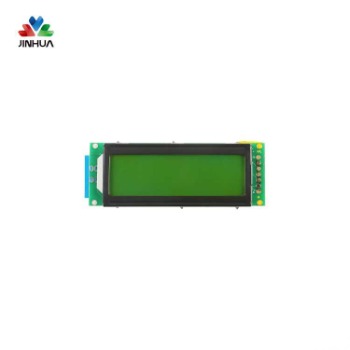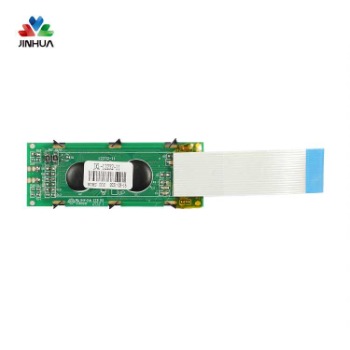The principle of capacitive screen is a technology that detects touch position by sensing changes in current or capacitance. It is mainly composed of a sensing layer made of transparent conductive material and a transparent insulating layer. When a current flows through the surface of the touch screen or a capacitance change occurs, current or capacitance changes in the sensing layer occur, and the capacitive screen determines the location of the touch by detecting these changes.
The biggest difference between capacitive screens and resistive screens is the different sensing methods. The resistive screen uses the principle of resistive sensing, which is composed of a sensing layer composed of a flexible transparent film and a layer of hard transparent conductive glass. When the two conductive glass layers at the bottom of the touch screen surface come into contact, a current closed loop is formed, and the touch position is determined by detecting changes in current.
There are also some differences between capacitive screens and resistive screens in the following aspects:
1. Touch screen method: Capacitive screens can achieve touch through the induction of fingers or other charged objects, while resistive screens require external force to exert a certain pressure on the screen to achieve touch. The touch mode of capacitive screen is more direct and sensitive.
2. Multi-touch: Resistive touch screens usually only support single touch, that is, they can only detect one touch position at a time, while capacitive screens can support multi-touch and can detect multiple touch positions at the same time.
3. Light transmittance: Since the resistive screen requires two layers of packaging materials, its transparency is relatively poor, which will affect the display effect of the image. The capacitive screen will not affect the transparency of the image and maintains a high-definition display effect.
4. Durability: The glass material of the capacitive screen is relatively hard, more durable, and less susceptible to scratches or damage. The sensing film of a resistive screen is relatively soft and is more susceptible to scratches or damage.
5. Price: Because capacitive LCD screens use more advanced technology and materials, their prices are usually higher than resistive screens.
In general, capacitive screens have more advantages than resistive screens, such as supporting multi-touch, high transparency, and fast response speed. With the advancement and development of technology, capacitive screens have become the mainstream technology for touch screens in smart devices.






 English
English Deutsch
Deutsch русский
русский español
español العربية
العربية



 IPv6 network supported
IPv6 network supported
